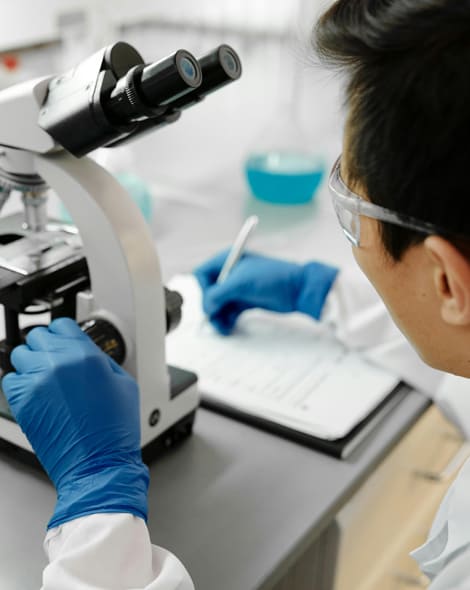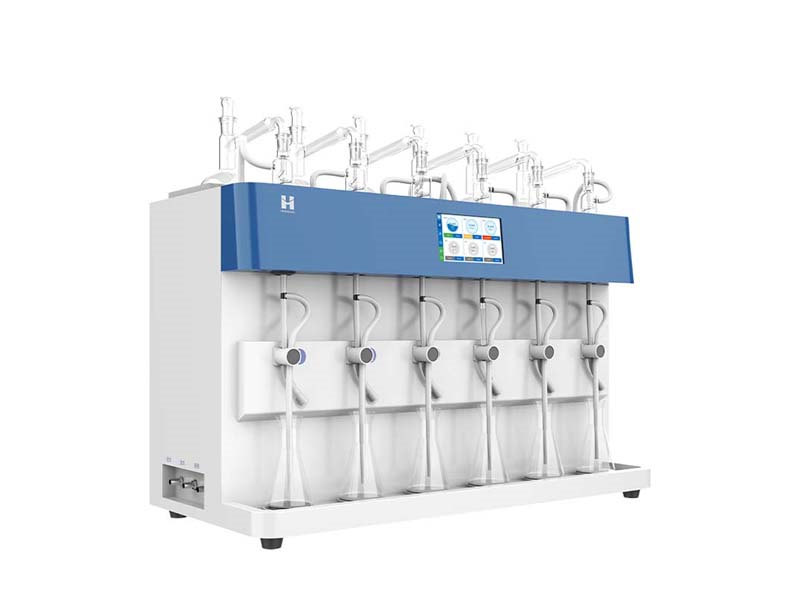Brief introduction
Ethylene oxide is an important organic compound widely used in fields such as medicine, chemical engineering, and pesticides. However, due to its flammable, explosive, and highly toxic properties, the analysis and detection of ethylene oxide are particularly important. Gas chromatography, as an efficient and accurate analytical method, plays an important role in the analysis of ethylene oxide. This article will provide a detailed introduction to the configuration scheme of ethylene oxide gas chromatography analysis, providing reference for experiments and research in related fields.

Instruments and reagents
Gas chromatograph: Choose a gas chromatograph with high sensitivity, high resolution, and good stability to ensure the accuracy and reliability of analysis.
Chromatographic column: Based on the physical and chemical properties of epoxyethane, suitable chromatographic columns such as silica gel columns, organic polymer columns, etc. are selected to achieve good separation efficiency.
Carrier gas: High purity nitrogen or hydrogen gas is generally used as the carrier gas to ensure the stability and repeatability of analysis.
Ethylene oxide standard: used for establishing standard curves and quantitative analysis.
Experimental conditions
Sampling method: Select appropriate sampling methods based on sample characteristics and analysis requirements, such as liquid sampling, gas sampling, etc.
Column temperature: Set an appropriate column temperature based on the boiling point of ethylene oxide to ensure sufficient separation of the sample within the chromatographic column.
Detector temperature: Choose the appropriate detector temperature to improve detection sensitivity.
Carrier gas flow rate: Adjust the carrier gas flow rate to optimize separation and peak shape.
Experimental steps
Sample preparation: Dilute or process the ethylene oxide sample appropriately according to experimental requirements to meet sampling requirements.
Establish standard curve: Draw with different concentrations of ethylene oxide standard?? The standard curve provides a basis for quantitative analysis.
Injection analysis: Inject the prepared sample into a gas chromatograph for separation and detection.
Data processing: Based on the chromatogram, calculate the content of ethylene oxide and compare it with the standard curve to obtain the analysis results.
Precautions
Pay attention to safety during the experiment, follow relevant operating procedures, and avoid leakage and explosion of ethylene oxide.
Keep the instruments and reagents clean and dry to avoid contamination and errors.
Regularly maintain and calibrate instruments to ensure the accuracy and reliability of analysis.
This article provides a detailed introduction to the configuration scheme of ethylene oxide gas chromatography analysis, including the selection of instruments and reagents, optimization of experimental conditions, and explanation of experimental procedures. Following this plan can effectively achieve the analysis and detection of ethylene oxide, providing strong support for research and application in related fields. At the same time, attention should be paid to safe operation and maintenance during the experimental process to ensure the smooth progress of the experiment and the accuracy of the results.
Article address:http://www.labinstruments.net/solu/29.html







